
Can you truly see what is in front of you? Is seeing really believing? Can you really see other people’s perspectives?
Our minds are amazing but in doing what they are designed to do –particularly in today’s busy world saturated with sensory inputs and information overload– they can filter out critical information in favour of speed of processing. This can lead into seeing and believing a distorted version of what is actually out there, sometimes leading to our blockage and stuckness. What is filtered out is mostly that which we are not paying attention to and hence not present to. These stem from many factors such as just the way a “normal” brain works, as well as our personal histories, our future hopes, our beliefs, fears, desires, thoughts, feelings, emotions and many other factors. Learning to see multiple perspectives and shifting our perceptions is very helpful in discovering new directions which may have always been in front of our eyes. It also helps us be less judgemental, less reactionary and more present. Check out these amazing examples of how our brains distort or reconstruct the reality to suit the context.
A little Concentration Test
Let’s begin by doing a little concentration test to check how acute is your power of concentration. Watch the video clip below in which a white team and a black team are playing a casual game of basketball. Your task is to try and see if you can keep your focus only on the white team and count how many times they (the white team) pass the ball to each other.
(Copyright Daniel J. Simons)
Is Seeing Believing?
Not always. Take time to watch the amazing Horizon documentary by BBC2 TV with the same name, Is Seeing Believing.
One interesting bit is about the McGurk Effect, where what our eyes see override what our ears actually hear, so we hear a different sound which is not true. Take a look:
Now that you’ve seen these two videos, apart from the illusions that they exhibited, did you notice that nothing actually moved in any of the scenes of the videos? Yep that’s right, there was no actual movement in the basketball game or on the beach or the scientist’s lips uttering the letters ba-ba-ba or fa-fa-fa. What was actually happening was a bunch of 2-dimensional pixels of three colours red, green or blue lighting up with various brightness (or off) in certain rhythm on your LCD screen. That’s all really, the rest was made up by your mind! And so is every TV show you watch, or movie you see on the big screen; although possibly with different technological aspects depending on the medium.
Hitchcock, Grace Kelly, and radiologists examining chest x-rays

Joseph Hallinan; Pulitzer Prize winner and a former Nieman Fellow at Harvard University, and the author of ‘Kidding Ourselves: The Hidden Power of Self-Deception; writes about this in Psychology Today magazine. Take a look at “We see what we want to see” to find out more. Even Alfred Hitchcock deceived himself. Also see how radiologists asked to examine a number of chest x-rays missed the picture of a gorilla the researchers had inserted into the x-rays. “The picture of the gorilla wasn’t tiny; it was about 45 times the size of the average cancerous lung nodule – or about the size of a matchbook in your lung. … Some 83 percent of the radiologists missed the gorilla – even though eye-tracking showed that most of them had looked right at it.”
Typoglycemia
“I cdnuolt blveiee taht I cluod aulaclty uesdnatnrd waht I was rdanieg. The phaonmneal pweor of the hmuan mnid. Aoccdrnig to a rscheearch at Cmabrigde Uinervtisy, it deosn’t mttaer in waht oredr the ltteers in a wrod are, the olny iprmoatnt tihng is taht the frist and lsat ltteer be in the rghit pclae. The rset can be a taotl mses and you can still raed it wouthit a porbelm. Tihs is bcuseae the huamn mnid deos not raed ervey lteter by istlef, but the wrod as a wlohe. Amzanig huh? Yaeh”
I’m sure you’ve seen this emailed around. Although it is not scientific and many counter examples can be provided where the mind would not be able to read a messed up text similar to the above; nevertheless it demonstrates again how our minds can distort the reality in favour of making sense of the phenomena around us.
The Spinning girl?
You probably have seen this one floating around on the Internet too. Is she spinning clockwise or counter-clockwise?
The emails claim a right brain, left brain myth which is not correct, nevertheless the amazing fact that our brain actually constructs a 3D spinning girl image from a series of two-dimensional images is an amazing feat; let alone being able to see it spin clockwise or counter-clockwise. See the Neurologica blog for more info.

The hollow face illusion
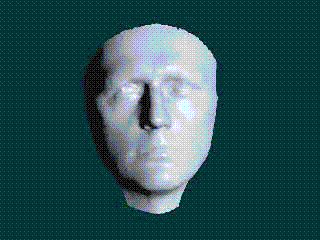
Umm no matter how hard you try, your brain would reconstruct (distort) the truth to see a natural convex face, rather than the real concave one!
The Ames room illusion

Is the daughter really a giant? Nope, this is the famous Ames Illusion where the the misleading geometry of the room (see below) generates incorrect frame of reference and our brain again distorts the reality.

Double meaning images and mind propelled wheels
There are numerous examples on the Internet, here are just a few simple ones to note how else our minds distort the reality or try to make sense of things that cannot exist in reality (e.g. see M. C. Escher’s remarkable drawings) or even pass wrong judgements regarding height, width, distance, etc.
Look at the picture below, are the wheels fixed or whirling? Can you make them not whirl?

Now, take a look at the picture below. What do you see, an old woman or a young woman? Can you see both?
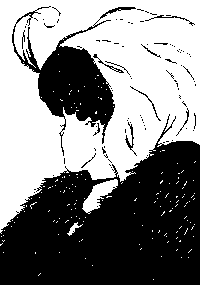
How about this one below, which policeman is taller?

And what about these Roman columns, what do you see?

So what?
Well, I’ll leave the conclusion to you. But simple examples like these and many personal experiences in my life have proved to me that my mind’s perceptions are not quite reliable if left unchecked. And that once I accept and allow this fact, then new possibilities open up to enable me to see different perspectives and fresh vistas; to be able to put myself in others’ shoes a little bit more easier, to be less judgemental, less reactionary and more present; albeit a little slower at the start.
Practicing mindfulness can help you gradually develop the capacity to witness your thoughts and perceptions rather than the usual identification with them. See also:
Six Steps to Living in the Moment
Achievement by presence: you cannot make halva if you are not home
Dear Rumi…please tell me about time
Unhappy at work? Feeling stuck? Might not need to change jobs yet!
[last updated March 2016]

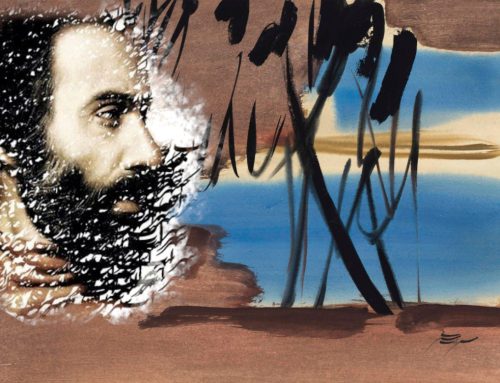






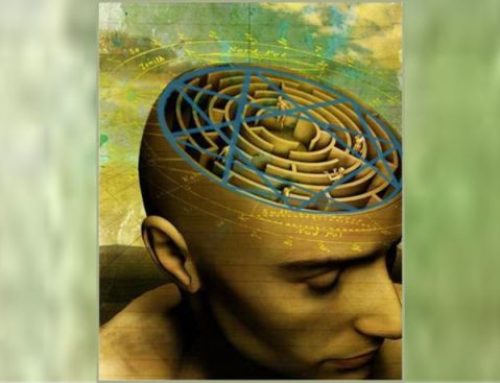

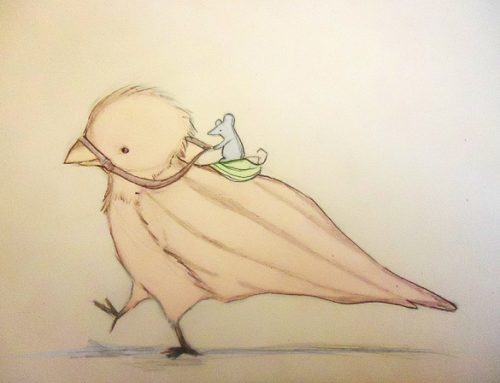





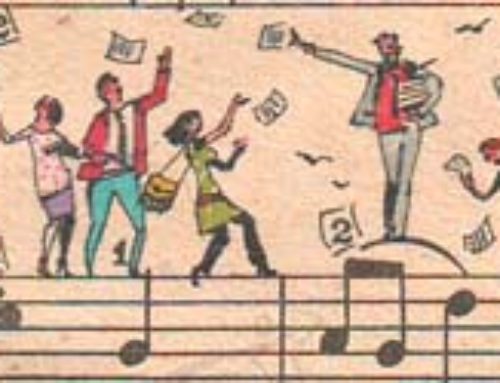
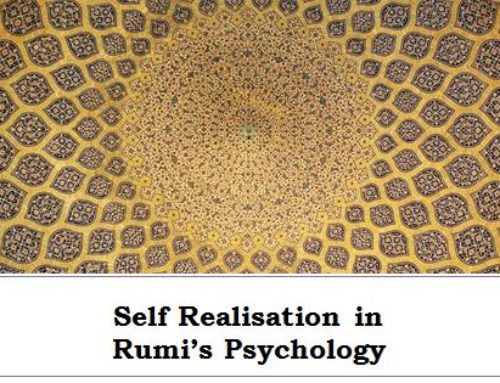












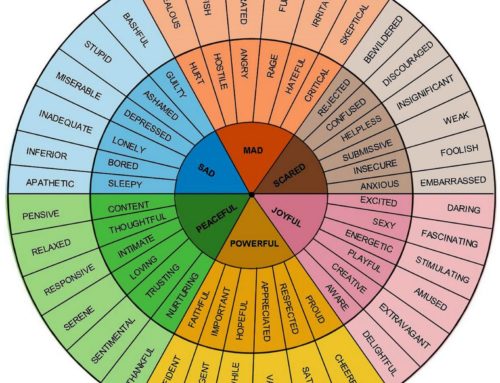
Amazing examples that are given on the perception of the mind, via the eyes ans ears. The examples are lessons for us to reflect on what we saw and heard.
But, Looking at a photo is quite different from seeing things in actual life’ as the photos can be designed to create such mind confusion. Also, we are to take into account the state of the body; too tired, relaxed, had a good night sleep, well fed, hungry; all these too affect the mind perception according to the state of the body.
Adel
Thanks for your feedback. Quite right, the design of these experiments and also the state of the body are quite significant in shaping our perceptions. But similar misperceptions happen in real life all the time too. The key point here that I’d like to emphasise is that in its ordinary state our brain can distort reality and that our behaviour is a reaction to such distorted version of reality. However, by practising to be increasingly more self-aware mindful and present, we can reduce our routine distortions and see more of the truth and respond by more choice, rather than simply… Read more »